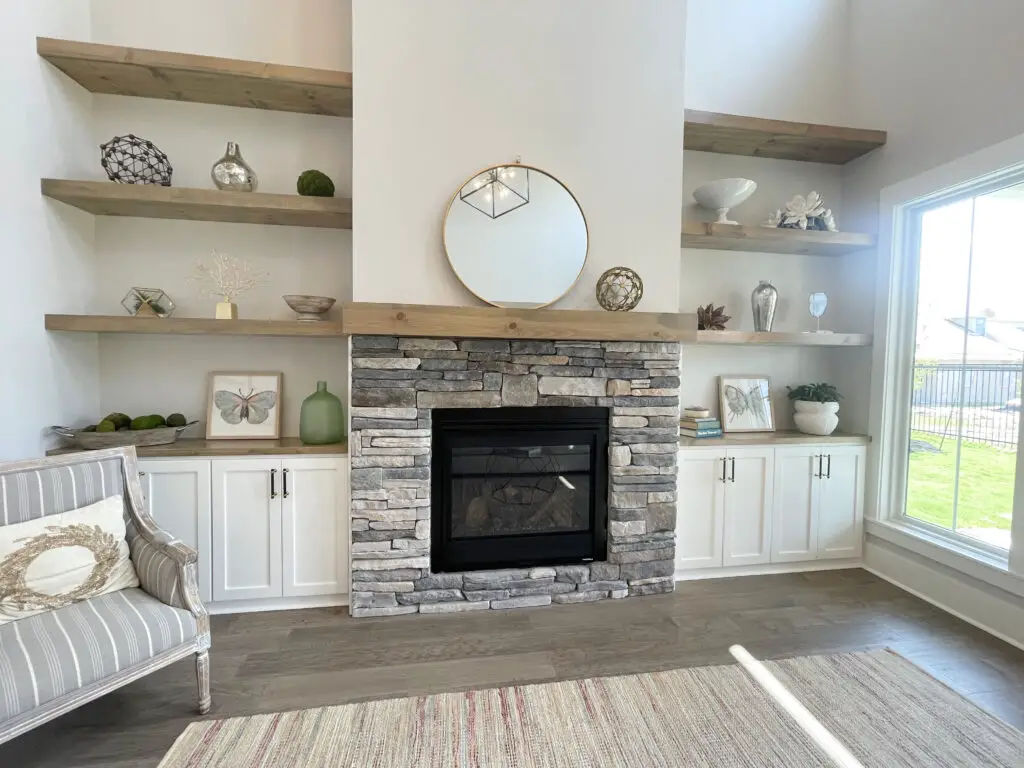How does every home look so put together on Instagram and in designer magazines? It’s easy to look at your home and wonder why it doesn’t look like “that.” That can also be a little frustrating when you’ve spent so much time planning, purchasing, and putting in the hours to make your home feel beautiful. Then you look and your space looks, well, disjointed (for lack of better words).
So what is it that makes those homes look so sophisticated? Well, besides the filters and professional photography skills, I’ve got 10 steps you can take to give your home that curated, designer look. Some of these steps are super simple and some require a little bit more effort, but all of them are things you can replicate at home.
Contents
Step 1: Get Rid Of Your Clutter
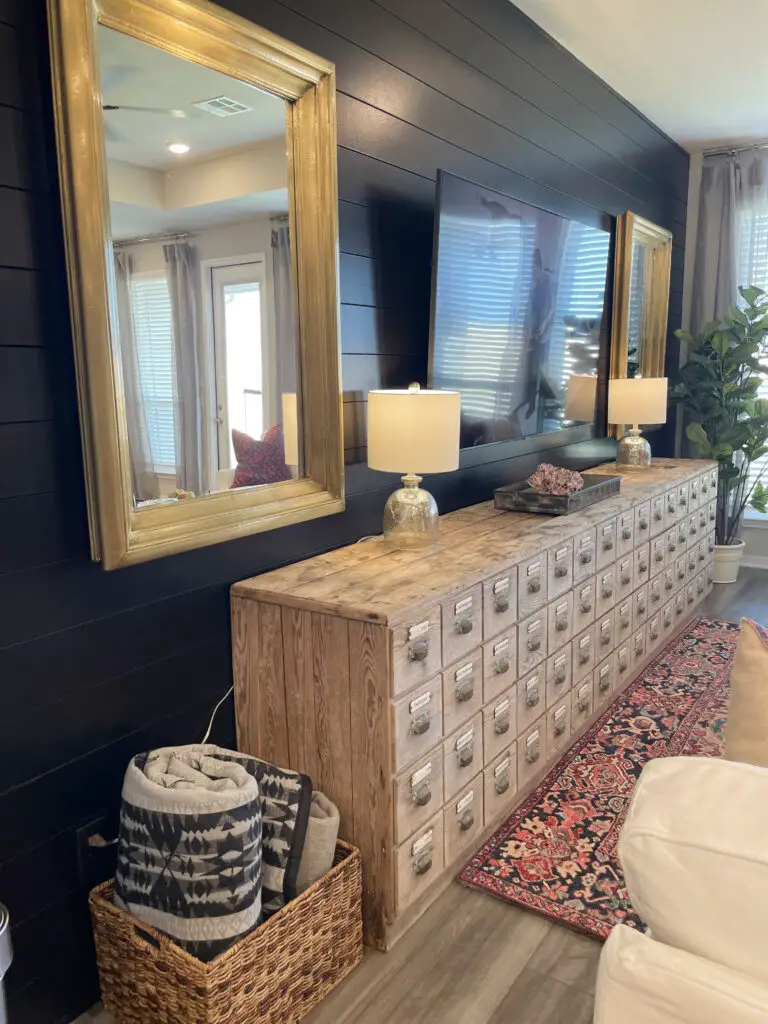
I get it; life happens and sometimes clutter accumulates and builds over time. Oftentimes clutter grows little by little to the point where it finds itself a new home in your space. This is the moment you have to figure out why these particular items accumulate there (cue “don’t put it down, put it away Tiktok). Once you understand why it’s there, you can understand what to do with it.
Let’s say, for instance, that shoes seem to keep finding their way into your foyer. Well, of course, they do because you want everyone to feel comfortable enough to kick their shoes off when they come into your home. Instead of requiring everyone to take them off and carry them to your room, try putting baskets under your entryway table so that the kiddos can just toss their shoes in for easy access.
There are a ton of simple storage solutions you can incorporate into your home, but here is a short list for inspiration:
- faux books to store remotes and spare batteries in the living room
- Decorative boxes to store jewelry, old relics knick-knacks in the bedroom
- Baskets in the entryway to store scarves, gloves, shoes, and other daily items
- Decorative boxes or baskets in any room to store or hide extra wires and miscellaneous items
If you’re looking for other storage and organization options, check out these blogs all about organizing your home.
Step 2: Find Your Color Palette & Stick To It!

I’m not sure I’ve mentioned this before, but there is a very tried and true rule in the design world called the 60-30-10 rule. Curious? Let me break it down for you.
The 60 percent is the main color of your room, which normally consists of your walls, your rug, a big art piece or architectural feature, or really anything that anchors your space. This should all be in the “main color” of your space and will serve as a backdrop for your accent pieces and decor. The 30 percent will be your secondary color in the space. These will be your bigger pieces such as your couch, chairs, bed linens, or maybe even an accent wall.
Next is the 10 percent which is where you get to really go in and have some fun! These will be your smaller decorative accents such as throw pillows, lamps, decorative accessories, and all the little fun pops of color you want to add. Using the 60-30-10 rule will help you stick to a color palette while creating a well-balanced and curated space.
Step 3: Follow the 70-20-10 Metal Rule
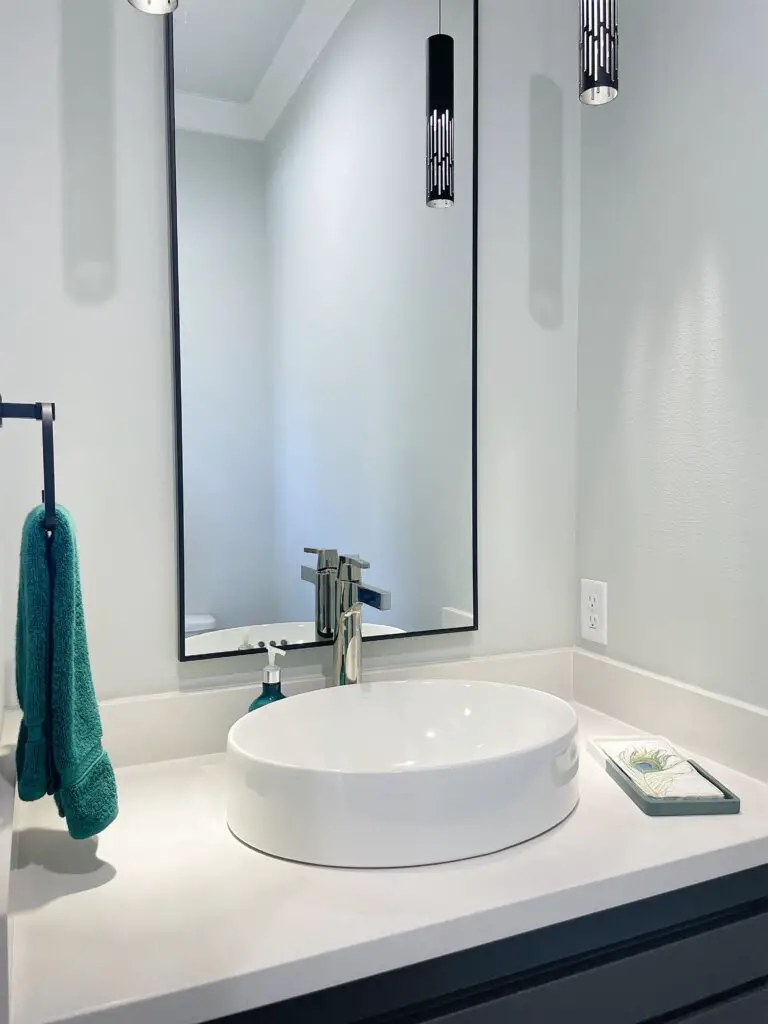
Speaking of designer rules, there is also a magical rule for mixing your metals. Yes, you heard that right; you can mix metals in your rooms! Much like the 60-30-10 rule, the 70-20-10 one helps you maintain balance in the space and create a less cluttered, more sophisticated look. It’s also pretty straightforward.
So 70 percent should be your main metal in the space and it should be used on your larger pieces like faucets, light fixtures, etcetera. Then you can have 20 percent of a secondary metal and 10 percent of a third. If you’re only mixing two, just go with 80-20. This will help keep the space from feeling too eclectic and leave you with a very stylish space.
Step 4: Create Visual Triangles
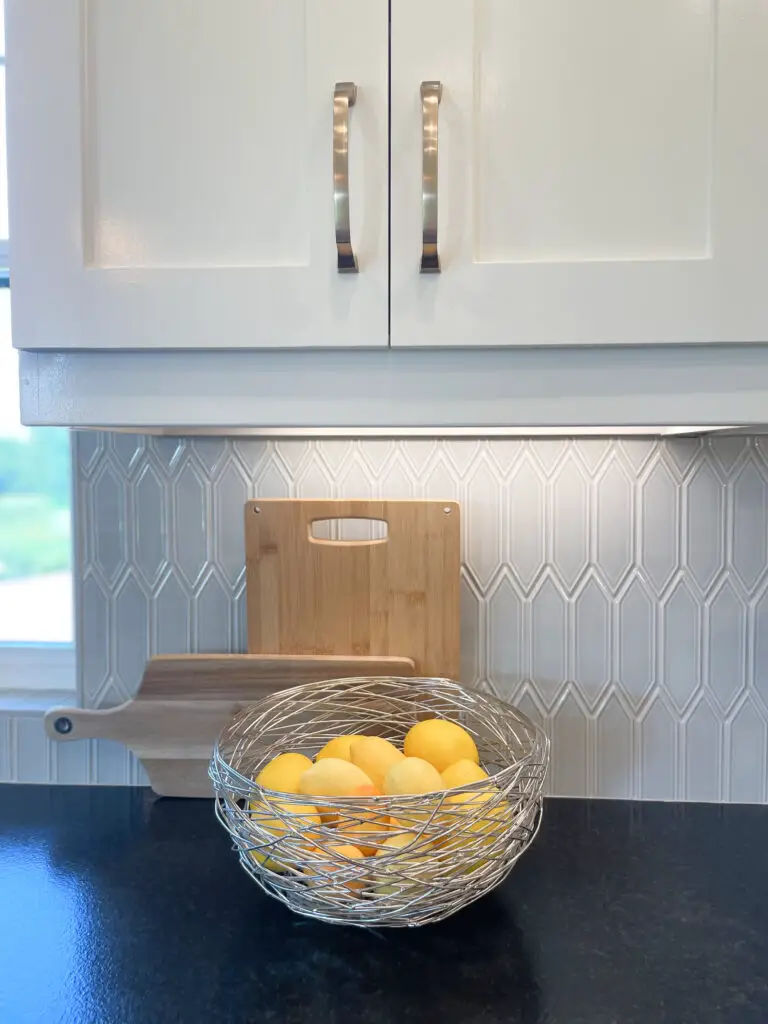
This is quite literally the easiest way to decorate. If you’re having trouble with any space, creating a visual triangle is the perfect solution. It sounds insane, I know, but I promise you this quick tip will change your life (okay, that’s a bit dramatic).
So basically, whenever you have any space to decorate (an odd wall, a tray, your fireplace mantle, a table) you can usually sort your decor there in groupings that create a visual triangle. Now there are specific variations of the triangle that we can get into, but it truly deserves its own post. For today, we will just stick with the triangle theory as a whole.
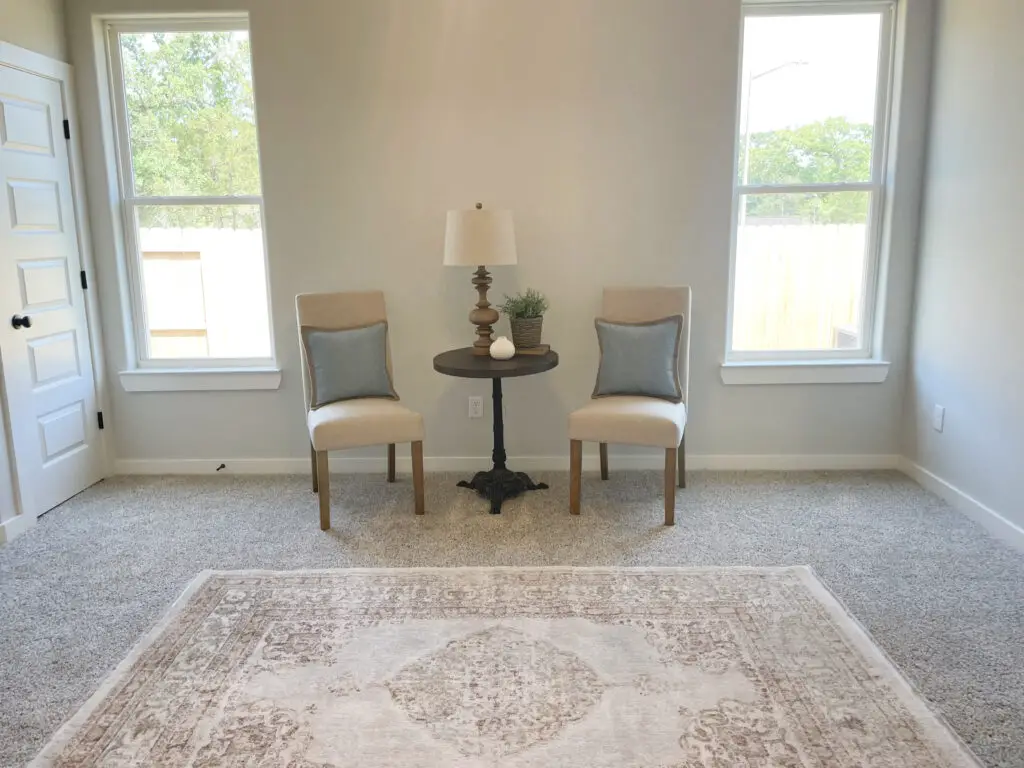
Let me give you some visual triangle examples:
- A chair next to a dresser with a painting over it
- A lamp, flowers in a vase, and a small decorative accessory on a small stack of books
- A bathroom tray filled with two different-sized canisters and a few small hand towels rolled up at the bottom
- A lamp, picture frame, and tall vase on a foyer table
- 3 different sized decorative pillows resting on one side of the couch or two and a throw blanket
See how you can literally use this formula for practically anything home decor related? It’s super simple., super easy, and super effective. Give this a try and I promise your decor will always look very put together.

